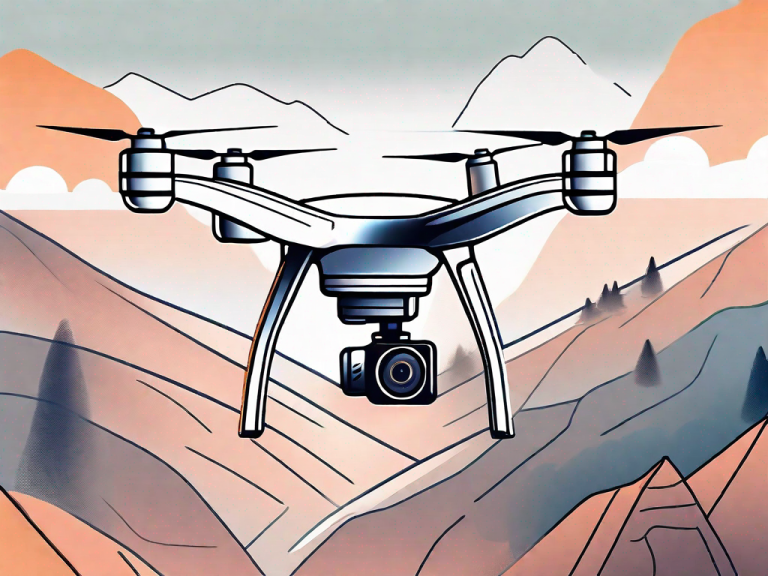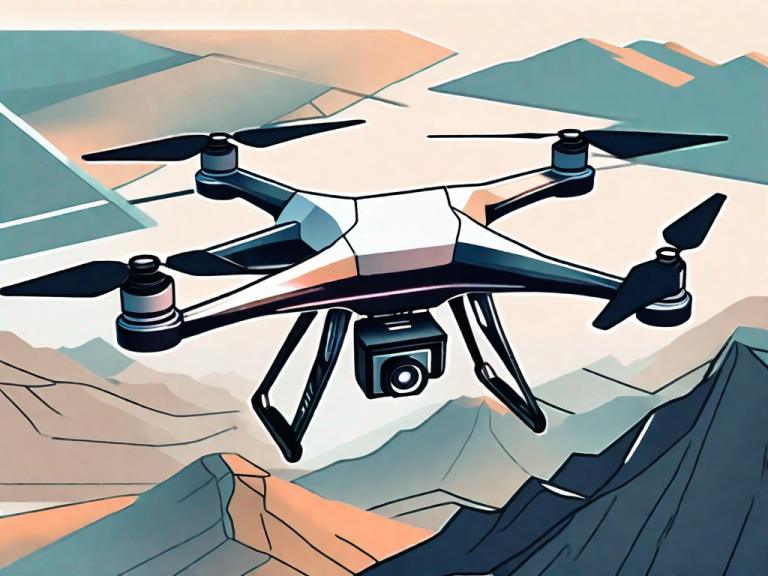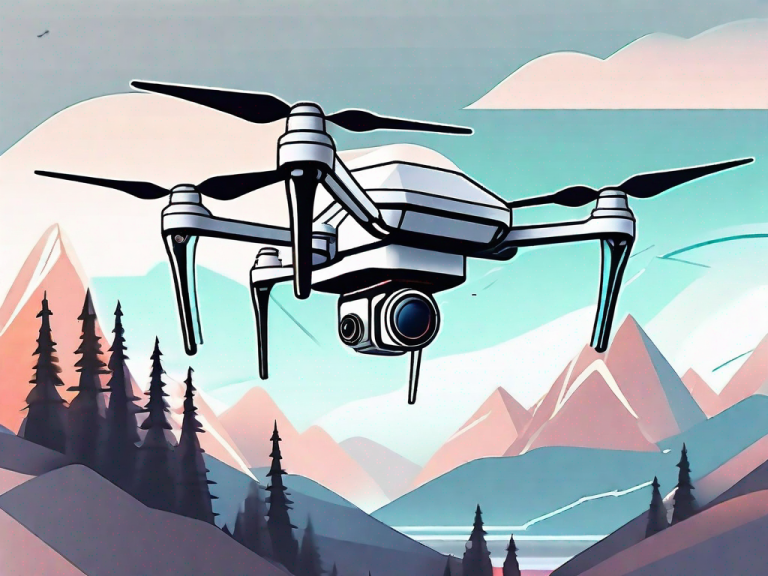In the world of live streaming, having the right lens can make all the difference in the quality and professionalism of your broadcasts. Whether you’re a seasoned streamer or just starting out, it’s important to understand the factors to consider when choosing a lens for live streaming. In this article, we will delve into the various types of lenses suitable for live streaming, compare prime lenses vs. zoom lenses, explore the benefits of wide-angle lenses, and discuss the role of telephoto lenses in enhancing live streaming quality. We will also provide recommendations for the best lens options for indoor and outdoor live streaming, as well as affordable options for those on a budget. Additionally, we will offer tips for choosing the right focal length, discuss lens features to look for in low light conditions, explore the impact of lens aperture on live streaming quality, and highlight the importance of image stabilization. Finally, we will delve into the top lens brands to consider for live streaming purposes and provide guidance on how to properly clean and maintain your live streaming lens.
Factors to Consider When Choosing a Lens for Live Streaming
When selecting a lens for live streaming, there are several factors to consider. One of the most important factors is the type of camera you are using. Different cameras have different lens mounts, so it’s essential to ensure compatibility. Additionally, you should consider the size and weight of the lens, as well as its focal length range. The focal length determines how wide or narrow the field of view will be, and it plays a crucial role in determining the look and feel of your stream. Other factors to consider include the lens aperture, image stabilization capabilities, and overall build quality.
Another important factor to consider when choosing a lens for live streaming is the maximum aperture. The aperture determines the amount of light that enters the lens and affects the depth of field. A lens with a wider maximum aperture, such as f/1.8, allows more light to enter and provides a shallower depth of field, which can create a more professional and cinematic look. On the other hand, a lens with a narrower maximum aperture, such as f/4, may be more suitable for well-lit environments and provide a larger depth of field, ensuring that more of the scene is in focus.
Understanding the Importance of a High-Quality Lens in Live Streaming
A high-quality lens is essential for capturing clear, sharp, and vibrant images during live streaming. A lens with superior optical quality will minimize distortions, chromatic aberrations, and other imperfections that can negatively impact the visual quality of your streams. It will also allow for better control over depth of field, enabling you to create a more professional and visually pleasing stream.
Furthermore, a high-quality lens can greatly enhance the overall viewing experience for your audience. With a superior lens, you can capture finer details and nuances, making your live stream more engaging and immersive. Whether you are streaming a live event, a tutorial, or a gaming session, investing in a high-quality lens will undoubtedly elevate the quality of your content and leave a lasting impression on your viewers.
Different Types of Lenses Suitable for Live Streaming
There are various types of lenses suitable for live streaming, each with its own advantages and use cases. Prime lenses are known for their superior image quality and wide aperture capabilities. They generally offer a fixed focal length, making them ideal for capturing sharp images with shallow depth of field. On the other hand, zoom lenses provide versatility by allowing you to zoom in and out of your subject. They are particularly useful for scenarios where you need to adjust your framing during the live stream.
Another type of lens that is commonly used for live streaming is the wide-angle lens. Wide-angle lenses have a shorter focal length, which allows you to capture a wider field of view. This is especially useful when you want to include more of the surrounding environment in your live stream, such as in landscape or architectural shots.
In addition to prime, zoom, and wide-angle lenses, telephoto lenses are also popular for live streaming. Telephoto lenses have a longer focal length, which allows you to magnify distant subjects and capture close-up shots. This is particularly beneficial for live streaming events or sports where you need to capture the action from a distance.
Comparing Prime Lenses vs. Zoom Lenses for Live Streaming
Prime lenses and zoom lenses each have their pros and cons when it comes to live streaming. Prime lenses are known for their superior image quality and wide aperture capabilities. They excel in low-light situations and deliver stunning bokeh effects. However, their fixed focal length may limit your framing options. On the other hand, zoom lenses provide versatility and the ability to adjust your framing on the go. They are great for capturing dynamic shots and can be a practical choice when you need to cover a wide range of focal lengths.
One important consideration when choosing between prime lenses and zoom lenses for live streaming is the cost. Prime lenses tend to be more affordable compared to zoom lenses, especially when it comes to lenses with wide apertures. This can be a significant factor for content creators on a budget or those just starting out in live streaming.
Another factor to consider is the size and weight of the lenses. Prime lenses are generally smaller and lighter compared to zoom lenses, making them more portable and easier to handle during live streaming sessions. This can be particularly advantageous for vloggers or live streamers who are constantly on the move and need to minimize the equipment they carry.
The Benefits of Wide-Angle Lenses in Live Streaming
Wide-angle lenses offer a wider field of view, allowing you to capture more of the scene. They are particularly useful in live streaming scenarios where you want to showcase a larger area, such as a conference room or a live event. Wide-angle lenses provide a sense of depth and can enhance the immersive experience for your viewers. However, it’s important to be mindful of distortion when using wide-angle lenses, as they can amplify perspective distortion if not used properly.
Another advantage of wide-angle lenses in live streaming is their ability to capture more dynamic movement within the frame. With a wider field of view, you can easily track subjects as they move across the scene, ensuring that you don’t miss any important moments. This is especially beneficial in fast-paced live events or sports streaming, where action can happen quickly and unpredictably.
How Telephoto Lenses Enhance Live Streaming Quality
Telephoto lenses are known for their ability to magnify distant subjects, bringing them closer to the viewer. When it comes to live streaming, telephoto lenses can help capture fine details in your subject, making them ideal for product demonstrations, wildlife streams, or even capturing facial expressions from across the room. However, it’s important to note that telephoto lenses can be more susceptible to camera shake, so proper stabilization techniques are essential when using them.
One of the key advantages of using telephoto lenses for live streaming is their ability to create a shallow depth of field. This means that the subject in focus appears sharp and clear, while the background is blurred, creating a professional and visually appealing effect. This can be particularly useful when highlighting specific details or creating a cinematic look for your live stream.
Best Lens Options for Indoor Live Streaming
When live streaming indoors, lighting conditions can vary significantly. It’s important to choose a lens that performs well in low-light situations. Prime lenses with wide aperture capabilities, such as f/1.4 or f/1.8, are excellent choices as they allow more light to reach the camera sensor. These lenses can deliver sharp images with a shallow depth of field even in challenging lighting conditions. Additionally, consider a lens with image stabilization to counteract any hand movements that could introduce blur into your stream.
Another important factor to consider when choosing a lens for indoor live streaming is the focal length. Depending on the size of the space you are streaming in, you may need a lens with a wider or narrower field of view. A wide-angle lens, typically with a focal length of 24mm or less, can capture more of the scene, making it ideal for small or cramped spaces. On the other hand, a telephoto lens, with a focal length of 70mm or more, can bring distant subjects closer and is suitable for larger spaces. Consider the size and layout of your streaming area to determine the most appropriate focal length for your needs.
Top Lens Recommendations for Outdoor Live Streaming
Outdoor live streaming comes with its own set of challenges, including varying lighting conditions and the need for flexibility in capturing different scenes. A versatile zoom lens with a wide focal length range can be invaluable for outdoor streaming. Look for lenses that offer weather sealing to protect them from moisture and dust. High-quality wide-angle lenses can also be useful for capturing expansive landscapes or covering live events.
Another important factor to consider when choosing a lens for outdoor live streaming is image stabilization. This feature helps to reduce camera shake and ensure smooth, steady footage, especially when shooting handheld or in unpredictable conditions. Look for lenses with built-in optical stabilization or compatibility with camera bodies that offer in-body stabilization.
Affordable Lens Options for Live Streamers on a Budget
You don’t have to break the bank to get a quality lens for live streaming. There are several budget-friendly options available that can still deliver impressive results. Consider looking for older, manual focus lenses that are compatible with your camera. These lenses often offer excellent optical quality at a fraction of the price of newer autofocus lenses. Additionally, third-party lens manufacturers often provide more affordable alternatives to the major camera brands, while still maintaining good quality.
Another option to consider when looking for affordable lens options is to explore the used market. Many photographers and videographers upgrade their equipment regularly, which means there are often used lenses available at a lower cost. Just make sure to thoroughly research the condition of the lens and buy from a reputable seller to ensure you’re getting a good deal.
Furthermore, it’s important to understand your specific needs as a live streamer. Consider the type of content you create and the environment in which you stream. For example, if you often stream in low-light conditions, you may want to prioritize lenses with a wide aperture to capture more light. On the other hand, if you primarily stream in a controlled studio setting, you may not need as much flexibility in terms of aperture and can focus on other factors such as focal length and image stabilization.
Tips for Choosing the Right Focal Length for Live Streaming
The focal length you choose for your live streaming lens will significantly impact the look and feel of your stream. Wide-angle lenses, typically ranging from 10mm to 35mm, are ideal for capturing large scenes or creating a sense of immersion. Normal focal lengths, around 50mm, provide a natural perspective that closely resembles how we see the world. Telephoto lenses, beyond 70mm, are better suited for close-ups or capturing distant subjects. Consider your streaming environment and the subjects you’ll be focusing on to determine the focal length that best suits your needs.
When selecting a focal length for live streaming, it’s important to consider the depth of field. Wide-angle lenses have a greater depth of field, meaning that more of the scene will be in focus. This can be advantageous if you want to capture a wide area with sharp detail. On the other hand, telephoto lenses have a shallower depth of field, allowing you to isolate your subject and create a blurred background effect. This can be useful for drawing attention to a specific element or person in your stream. Keep in mind that the aperture of your lens also plays a role in determining the depth of field, so be sure to consider both factors when making your decision.
Lens Features to Look for When Live Streaming in Low Light Conditions
Live streaming in low light conditions can be challenging, but choosing the right lens can help overcome these limitations. Look for lenses with wide maximum apertures, such as f/1.4 or f/1.8. These lenses allow more light to enter the camera sensor, resulting in brighter and cleaner images. Additionally, consider lenses with image stabilization to counteract any camera shake that may occur in low light situations.
Exploring Lens Aperture and its Impact on Live Streaming Quality
The aperture of a lens refers to the size of the opening that allows light to pass through. It is often represented by an f-stop number, such as f/1.4 or f/2.8. The wider the aperture, the more light can enter the camera sensor, resulting in brighter images. A wider aperture also allows for a narrower depth of field, creating a more artistic and professional look. However, it’s important to note that wider apertures may result in softer edges and decreased sharpness, so finding the right balance is key.
The Role of Image Stabilization in Capturing Smooth, Professional-Looking Streams
Image stabilization is an essential feature for live streaming, as it helps counteract any camera shake that may occur during handheld shooting. This is particularly important when using telephoto lenses or capturing fast-moving subjects. There are two types of image stabilization: optical stabilization, which is built into the lens, and in-body stabilization, which is built into the camera body. Both systems can be effective in reducing blur and ensuring smooth, professional-looking streams.
Best Lens Brands to Consider for Live Streaming Purposes
When it comes to choosing a lens for live streaming, there are several reputable lens brands to consider. Canon, Nikon, Sony, and Sigma are all well-known manufacturers that offer a wide range of lenses suitable for live streaming. Each brand has its own strengths and lens lineup, so it’s essential to research and compare different models to find the best fit for your specific needs and camera system.
How to Properly Clean and Maintain Your Live Streaming Lens
Proper cleaning and maintenance of your live streaming lens are crucial to ensure optimal performance and longevity. To clean your lens, start by using a blower brush to remove any loose dust or debris. Next, use a lens cleaning solution and a microfiber cloth to gently wipe the lens surface in a circular motion. Avoid using harsh chemicals or abrasive materials that could damage the lens coatings. Additionally, be sure to store your lens in a clean and dry environment and protect it with lens caps or a lens pouch when not in use.
By understanding the factors to consider when choosing a lens for live streaming, exploring the different types of lenses available, and considering the specific needs of your streaming environment, you can confidently select the best lens for your live streaming endeavors. Remember to take into account the lighting conditions, focal length requirements, and any budget constraints you may have. With the right lens in hand, you’ll be able to capture stunning, high-quality live streams that engage and captivate your viewers.









